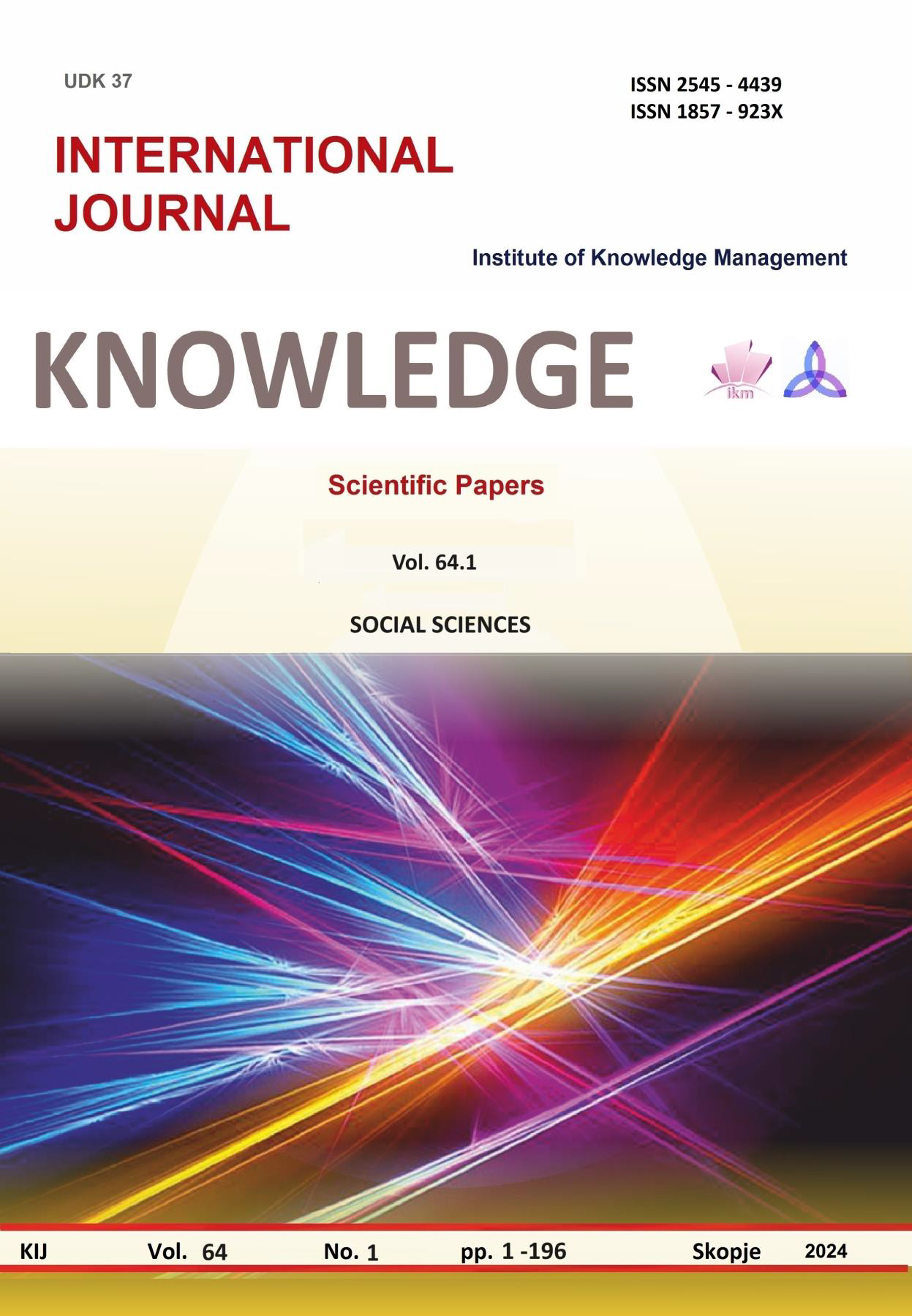SPIRAL MODELS OF COMMERCIALIZATION OF KNOWLEDGE INTO INNOVATIONS AND THE NECESSITY OF REINDUSTRIALIZATION
SPIRAL MODELS OF COMMERCIALIZATION OF KNOWLEDGE INTO INNOVATIONS AND THE NECESSITY OF REINDUSTRIALIZATION
Author(s): Srdjan Milićević, Slobodan Cvetanović, Dragan TuranjaninSubject(s): Economy
Published by: Scientific Institute of Management and Knowledge
Keywords: knowledge;innovations;helix models;reindustrialization
Summary/Abstract: Knowledge and innovations have the greatest importance in the development of society, since the very beginnings of human civilization. With globalization and the technological revolution during the last few decades, knowledge has become a key resource for the economic growth and development of both nations and individual economic entities. Both developed and developing countries strive to raise the level of their own readiness for the development of the knowledge economy as much as possible. By promoting knowledge as the most important production resource, the world economy is rapidly transforming into an economy of knowledge and innovation. Accordingly, innovation has become a key condition for both global and local competitiveness of the organization. Innovations represent the commercialization of knowledge, turning ideas and research into added value of products, processes or services. Innovation occurs in order to create better performance, but the process is not exclusively automatic and always positive in nature. The innovation process should be carefully planned and clearly directed towards obtaining a positive final result. Large investments in research and development activities and other elements of the innovation process do not necessarily result in successful innovations. Innovation efforts and activities can be misdirected, and there is a possibility that good ideas will not be realized due to the creation of a bottleneck in some part of the innovation process. The innovation process is composed of different activities that interact with each other according to a clear order of execution: gathering information about the problem, research (general or applied), ideas and development, finding solutions. The basic stages of the innovation process are identifying an idea or problem (focusing), modeling innovation (invention), evaluating alternatives, making decisions and implementing the innovation. In the changed conditions of the economy, finding effective models of knowledge production and its commercial valorization into innovations gains importance. In this connection, the paper places special emphasis on the apostrophizing of the logic of spiral models in the creation and commercial valorization of knowledge. The conclusion was reached that these models have undoubtedly contributed to world economic development, but that with the emergence of the economic crisis caused by the Covid19 virus and, somewhat later, war events on Ukrainian soil, innovation in the service sector is growing compared to the improvement of innovation in the real sector. Many aspects of the valorization of knowledge into innovations dominantly in the service sector, characteristic of the period of globalization, with the change of geopolitical conditions in the world, starting with the emergence of the global crisis caused by the Covid19 virus, and especially with the outbreak of the war conflict in Ukraine, have been called into question until today. As a result, the economic theories that support it have largely lost their relevance.
Journal: Knowledge - International Journal
- Issue Year: 64/2024
- Issue No: 1
- Page Range: 101-106
- Page Count: 6
- Language: English

